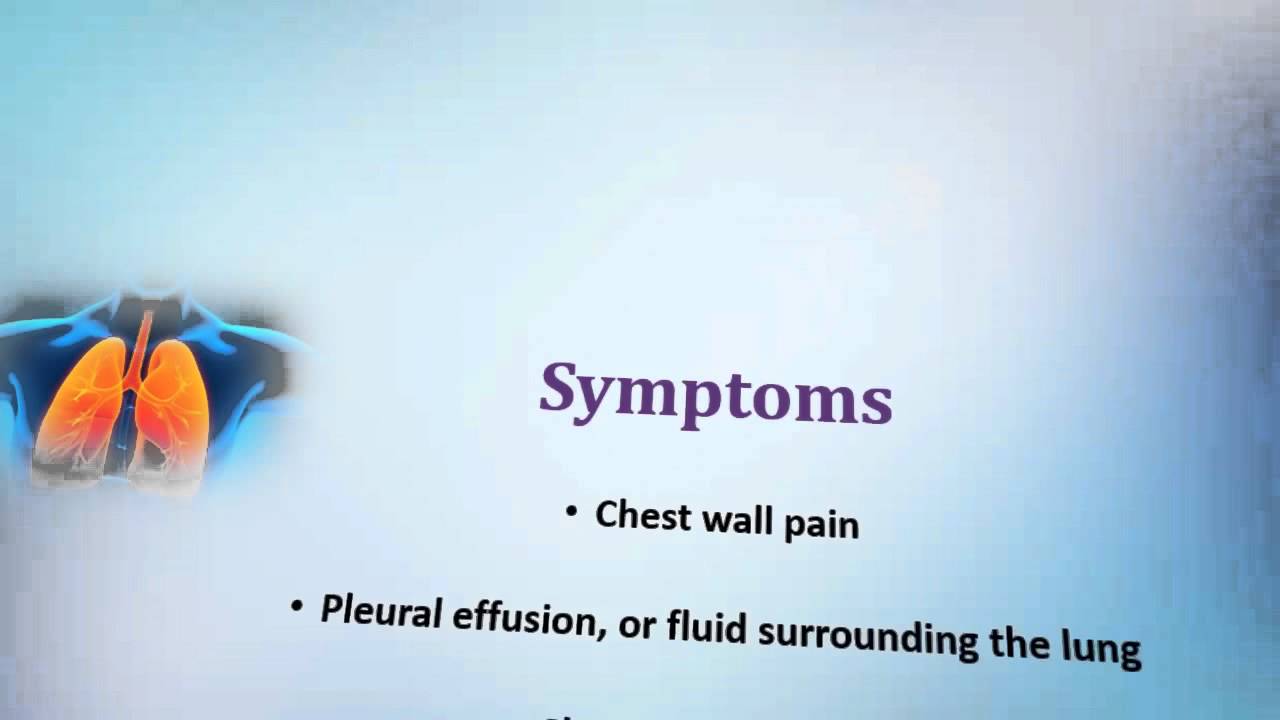Mesothelioma is a tumour of the mesothelium which is the thin lining that covers the outer surface of most of the organs in our body. More than 2,500 people in the UK are diagnosed with this disease each year.

There are different names depending upon where in the body it develops, for example in the chest it is called pleural mesothelioma and in the abdomen it is called peritoneal mesothelioma. The tumours can be malignant or just benign cysts. The main cause of mesothelioma is exposure to asbestos.
Asbestos is a natural mineral found in many countries and it acts as an insulator and was used to protect against fire and corrosion until it was banned in the 1980’s. Mesothelioma doesn’t usually develop until many years after exposure to asbestos. It can take any time from 10–60 years, although the average is about 30–40 years after exposure. Construction workers, plumbers and electricians are more likely to have been exposed to asbestos and as these jobs were traditionally done by men, males are five times more likely to develop mesothelioma than females. Occasionally, mesothelioma develops in people who have never been exposed to asbestos. Mesothelioma has been linked to exposure to radiation and also to a mineral called erionite, which has been found in Turkey and North America. Mesothelioma isn’t infectious and can’t be passed on to other people. It isn’t caused by inherited faulty genes, so family members don’t have an increased risk of developing it, unless they have also been exposed to asbestos.
Pleural mesothelioma is more common and makes up 90% of cases. The pleura is the smooth outer lining that covers each lung. There are two layers of this lining; the inner and outer and they normally slide over each other as we breathe aided by a fluid that the layers produce. When mesothelioma develops here the layers become thickened and press inwards on the lung and sometimes excess fluid collects between the two layers which is known as a pleural effusion. It can sometimes spread to lymph nodes throughout the body. When asbestos is disturbed or damaged, it releases tiny fibres that can be breathed into the lungs and can make their way into the smallest airways of the lungs. The body’s defence mechanisms try to break them down and remove them but this leads to inflammation in the lung tissue. The asbestos fibres can also travel through the lung tissue to settle in the outer lining of the lung (the pleura). Over many years they can cause mesothelioma or other lung diseases to develop.
Symptoms include:
- shortness of breath
- heavy sweating (especially at night)
- fever
- chest pain that feels heavy and dull or aching
- weight loss
- loss of appetite
- a cough that doesn’t go away, although this is unusual.
Also a pleural effusion may cause shortness of breath and chest pain.
The peritoneum is the outer lining that covers the organs in the abdomen and helps protect the organs and keep them in position. It also consists of two layers; the inner and outer layers. Peritoneal mesothelioma causes a thickening of the peritoneum and sometimes excess fluid will collect and cause swelling of the abdomen, which is known as ascites. Asbestos fibres can be swallowed, and some of the fibres can stick in the digestive system. They can then move into the outer lining of the abdomen (the peritoneum). Here, they cause swelling and thickening of the lining and can lead to peritoneal mesothelioma.
Symptoms include:
- swelling in the tummy
- tummy pain
- loss of appetite
- weight loss
- feeling sick
- changes to your normal bowel pattern, such as constipation or diarrhoea.
Also ascites may cause swelling in the tummy, pain, sickness and loss of appetite.
Sometimes early symptoms of mesothelioma mirror those of other diseases or physical issues such as congestive heart failure, emphysema, weight gain, or constipation. These symptoms may include shortness of breath, constant chest pain or cough, night sweats, weight loss but fluid gain, bowel obstruction, swelling of the feet, and a build-up of fluid on a chest X-ray.
Treatment will depend upon the location and stage of the tumour but there are drugs, minor and major surgery, radiation, chemotherapy and supplemental oxygen that can help to relieve symptoms and fight the cancer.
A custom-made walker has been designed by mesothelioma specialist Dr. David Sugarbaker and is known as the ‘Sugarbaker Walker’. It was designed to help patients recover quicker from surgery and to get them back on their feet and become more mobile. It includes everything that a patient needs; an oxygen tank, chest tube vacuum, IV pole, catheters and space for monitors. Its also on wheels with adjustable arm rests. It helps patients to be able to manoeuvre around with all their medical equipment and become mobile, resulting in improved and faster recovery from surgery.
References: www.macmillan.org.uk and www.mesotheliomasymptoms.com and www.asbestos.com/news




